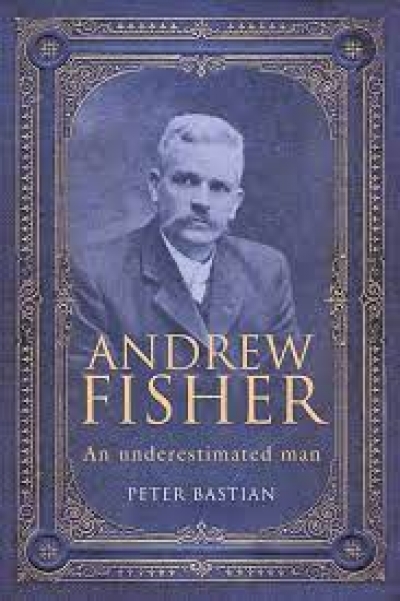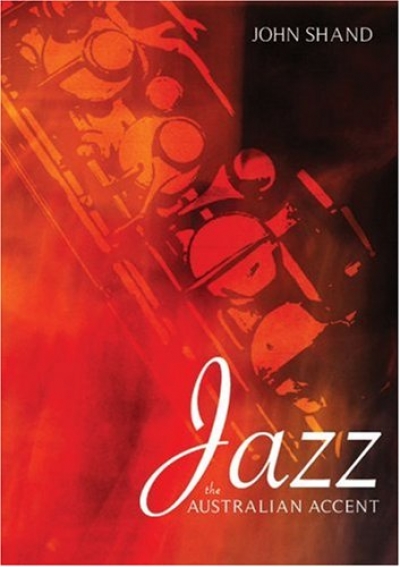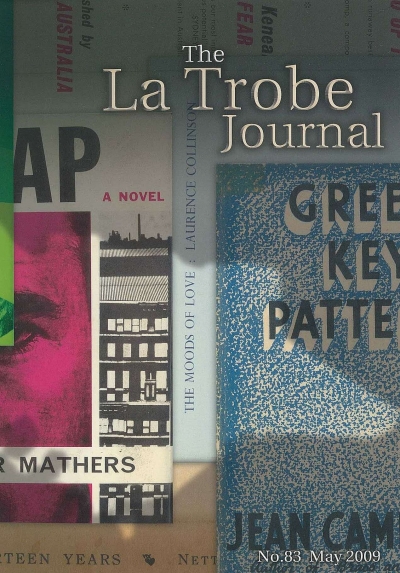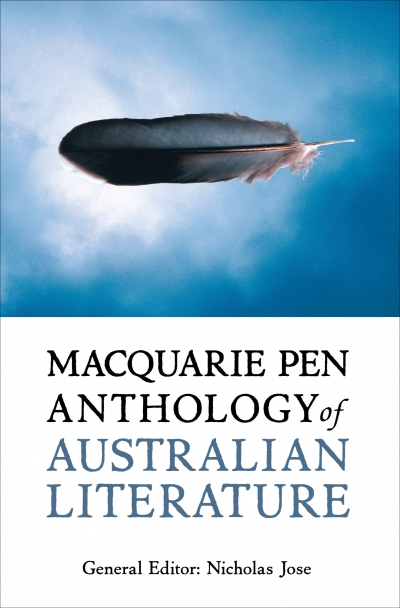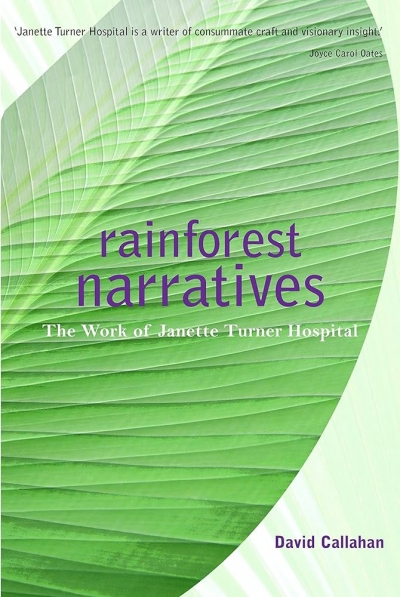Review
How We Live and Why We Die: The secret lives of cells by Lewis Wolpert
by Ian Gibbins •
House Of Exile: The Life and times of Heinrich Mann and Nelly Kroeger-Mann by Evelyn Juers
by Michael Morley •
Charles Kingsford Smith and Those Magnificent Men by Peter FitzSimons
by Peter Pierce •
Macquarie Pen Anthology of Australian Literature edited by Nicholas Jose
by Peter Craven •
Rainforest Narratives: The Work of Janette Turner Hospital by David Callahan
by Susan Lever •



